Sending Bitcoin
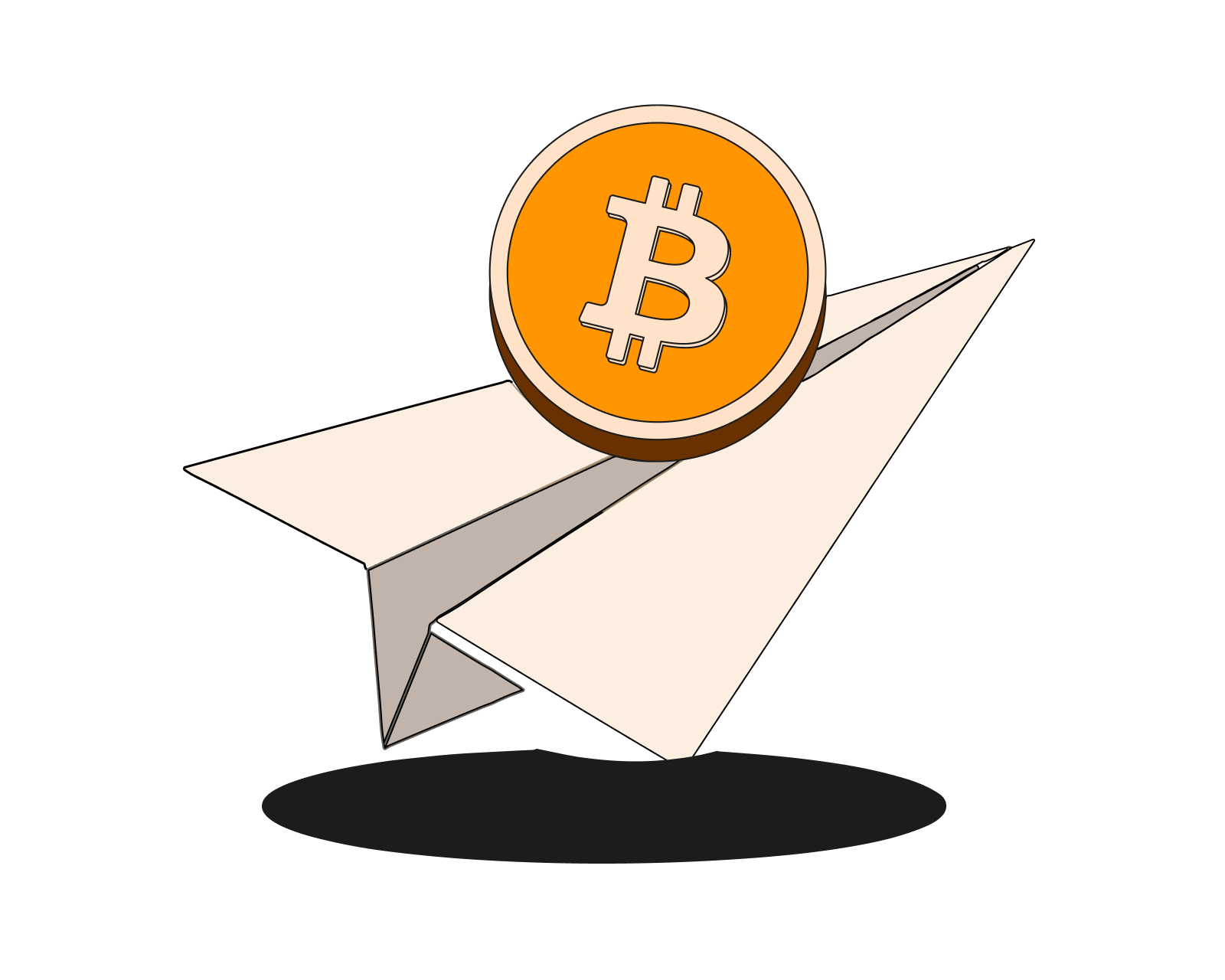
Table of Contents
- What is a Bitcoin address?
- How to send Bitcoin
- What is the Bitcoin network fee?
- How do I set the BTC network fee in my Bitcoin wallet app?
- What happens if I set the fee too low?
- How much does it cost to send Bitcoin?
- Why is there a Bitcoin network fee?
- How are Bitcoin fees determined?
- How are Bitcoin fees measured?
- What is the UTXO model and how does it work?
What is a Bitcoin address?
A Bitcoin address is a digital identifier that serves as a location where Bitcoin can be sent. It’s a bit like a bank account number in the Bitcoin blockchain network. Bitcoin addresses are created by Bitcoin wallet software.
Here’s what a typical Bitcoin address looks like:
3J98t1WpEZ73CNmQviecrnyiWrnqRhWNLy
How to send Bitcoin
One way to send bitcoin is to copy the recipient's Bitcoin address to your clipboard, then paste it in the send field of the Bitcoin wallet app you're using.
Bitcoin addresses can also be displayed in QR code format. If you're sending bitcoin from a mobile wallet app like the Bitcoin.com Wallet, you can use your phone's camera to scan the QR code of the address you want to send to. This will automatically fill in the address.
Once you have inputted the recipient address, you will enter the amount of bitcoin to send. Most wallets allow you to toggle between showing the send amount in bitcoin (BTC) or showing it in a local currency like dollars.
Here's a quick video demonstrating how to send Bitcoin in the Bitcoin.com Wallet app:
Read more: Learn how to receive bitcoin securely.
What is the Bitcoin network fee?
When you send bitcoin, you must pay a fee to the Bitcoin network. Your Bitcoin wallet app will automatically calculate the fee for you. The best wallets enable you to customize the fee by deciding how fast you would like your transaction to be confirmed.
How do I set the BTC network fee in my Bitcoin wallet app?
This depends on the wallet. Some wallet providers don't give you any control over the network fee. Instead, they have a predetermined fee (which is almost always set higher than the actual fees they will pay). In other words, they profit when their customers send/withdraw bitcoin. This is a common revenue-generation strategy for cryptocurrency exchanges.
Most self-custody wallet apps sallow you to customize the fee you attach to your Bitcoin transactions. The Bitcoin.com Wallet app has three convenient fee settings, as well as the option to set custom fees. The default speed (“Fast") is set to have your transaction confirmed most likely within the next three blocks (so less than 30 minutes). If you change it to “Fastest," you’ll pay a higher fee and likely have your transaction confirmed in the next two blocks (so less than 20 minutes). Changing it to “Eco" will save you some money, but still result in your transaction most likely getting confirmed within the next six blocks, so generally less than 60 minutes. For advanced users, you also have the option of setting a custom fee. You’ll want to use a tool like Bitcoinfees to ensure you are choosing an appropriate fee given the current state of network congestion.
Here’s a video demonstrating how to set the Bitcoin network fee in the Bitcoin.com Wallet app:
What happens if I set the fee too low?
If you're not in a rush to have your transaction confirmed, you can save money by opting for a lower fee. However, you need to be careful because if you set the fee too low, your transaction may take hours or get stuck for days. Don't worry though, you're never in danger of losing bitcoin by setting the fee too low. In the worst case, you'll have to wait with your bitcoin in limbo until the transaction is cancelled, at which point you will again have access to it.
You can check the status of your BTC transactions by entering your transaction ID here: https://explorer.bitcoin.com. Please see this guide for how to find your transaction ID in the Bitcoin.com Wallet app.
How much does it cost to send Bitcoin?
The median all-time Bitcoin (BTC) transaction fee is $0.75 and the average all-time transaction fee is $1.99. When the Bitcoin network is congested, fees for sending bitcoin may spike dramatically. The average fee for a Bitcoin transaction has spiked above $30 on several occasions since the Bitcoin network launched in 2009. You can monitor average, median, and currents fees for Bitcoin transactions here.
Why is there a Bitcoin network fee?
Network fees were initially an anti-spam mechanism. In other words, they deterred people from flooding the network with transactions. While that original use persists, nowadays fees mostly act as incentive for Bitcoin miners to include transactions in the next Bitcoin block.
How are Bitcoin fees determined?
Bitcoin fees are determined by market forces. Transactions take up space on the Bitcoin blockchain, which is limited in size. Transactions with higher fees attached to them are picked up sooner by miners, who optimize for profitability. This means that higher-fee transactions are more likely to be included in the next batch, or 'block,' of transactions that is added to the Bitcoin blockchain.
How are Bitcoin fees measured?
Bitcoin fees are measured in satoshis/byte. A satoshi is the smallest divisible unit of bitcoin, which is 0.00000001 BTC (a hundred millionth of a bitcoin). Each transaction is made up of data, which is measured in bytes. More “complicated" (usually bigger) transactions involve more data and so are more expensive. Generally speaking, this means higher value transactions (involving more bitcoin) consume more data, and so require higher transaction fees. However, it's not exactly that simple. In fact, it's entirely possible for a 1 BTC transaction to involve more data (and therefore require higher fees) than a 2 BTC transaction. To understand why, we need to look in some detail at how the Bitcoin blockchain actually works.
What is the UTXO model and how does it work?
The system for sending and receiving bitcoin runs on what's known as the Unspent Transaction Output (UTXO) model, which is an efficient and privacy-enhancing way to manage the Bitcoin ledger. Here’s how it works:
At first, coins are minted through the mining process. These new coins form what's known as the 'coinbase.' A Bitcoin miner who has won the right to add the next block to the chain will receive the block reward as compensation. At the time of writing, the block reward is 6.25 BTC.
Now imagine this miner, who has received the 6.25 BTC block reward, decides to send 1 BTC from the block reward to Alice. On the ledger, this appears as 6.25 BTC sent to Alice and 5.25 BTC sent back to the miner, leaving Alice with a balance of 1 BTC and the miner with a balance of 5.25 BTC. The miner has an unspent transaction output of 5.25 BTC.
The system is analogous to paying for something using a cash note: if the cost of the item is $2.50, you don't cut a five-dollar note in half. Instead, you hand over the whole five-dollar note and receive $2.50 in change. In our example, the miner has sent over a 6.25 BTC 'note' and received 5.25 BTC in change.
As it relates to fees for sending bitcoin, even though the amount of bitcoin involved in this transaction is significant, the fee for completing the transaction will be relatively small because the transaction is relatively simple. That's because there's only one output (1 BTC to Alice) and it comes from only one input or 'note' (the 6.25 BTC coinbase transaction). If we think of notes as taking up space on the Bitcoin ledger, we can see that this transaction takes up the least amount of space (bytes) possible.
Now let's imagine Alice buys one more BTC at a later date from a different miner. Alice will then have 2 BTC in her wallet, but each one will have originated from a different 'note.' In effect, this means Alice has two 1-BTC notes in her wallet. If Alice wants to send 2 BTC to Bob, she will be sending those two notes. And since more notes means more data, and more data means higher cost, this transaction will be more expensive than if Alice had sent a single ‘note.’ Put another way, the transaction will consume more bytes, so Alice will have to pay more satoshis to convince a miner to include it in the next block.
For the average user, this means you'll end up paying significantly more for a transaction if it involves moving many 'notes.' For example, imagine you've received a hundred small payments into your wallet from different people, over a period of months, until you've accumulated one full bitcoin. Now, if you want to send that one bitcoin to someone else, you'll actually be sending 100 'notes.' This will incur significantly more fees than if you'd sent a single 'note' as our miner did in the first example.
Related guides
Start from here →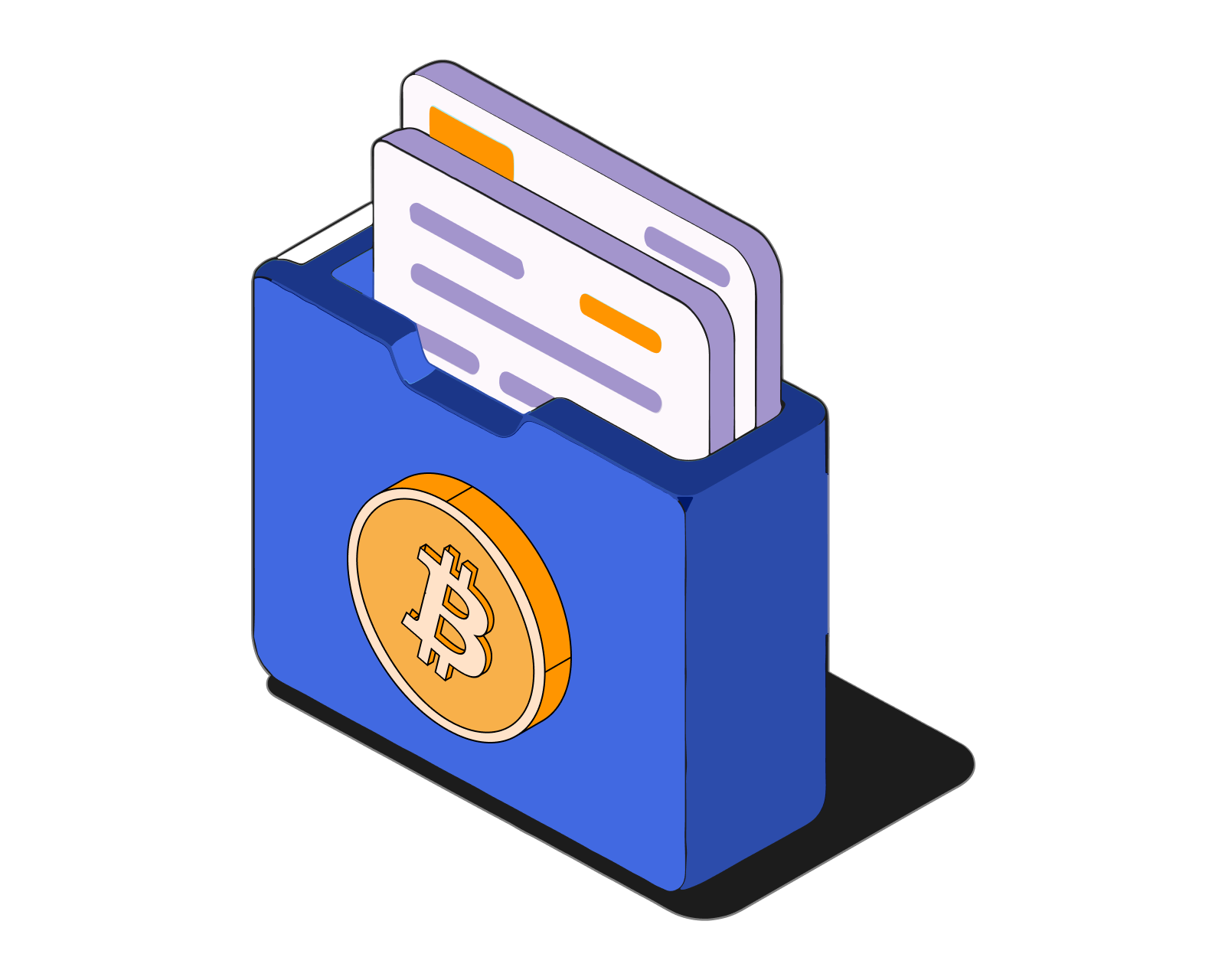
What are Bitcoin debit cards?
Bitcoin debit cards make it possible to spend bitcoin anywhere credit cards are accepted.
Read this article →
What are Bitcoin debit cards?
Bitcoin debit cards make it possible to spend bitcoin anywhere credit cards are accepted.
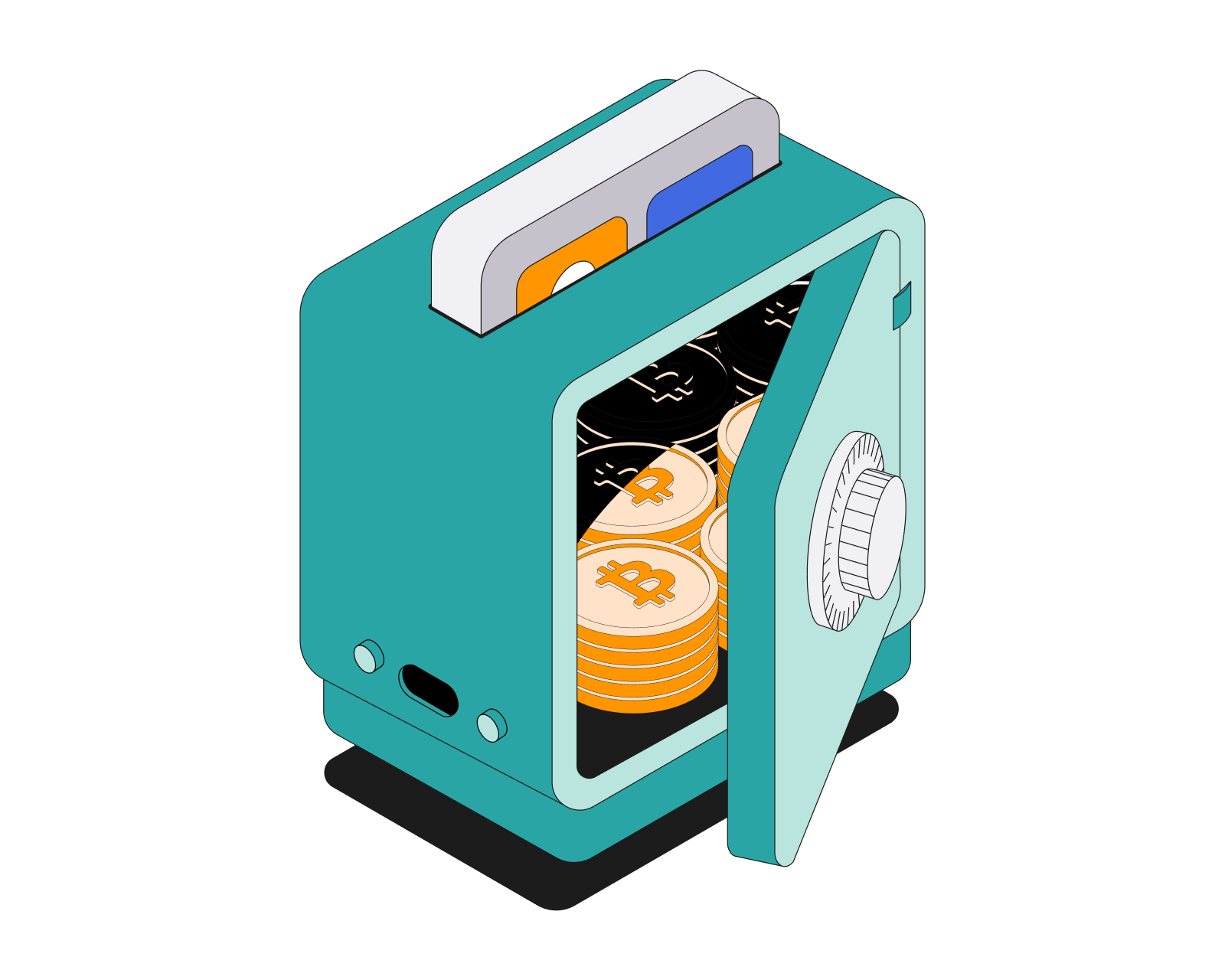
How do I keep my cryptoassets safe?
Make sure your cryptoassets are safe with these simple tips.
Read this article →
How do I keep my cryptoassets safe?
Make sure your cryptoassets are safe with these simple tips.
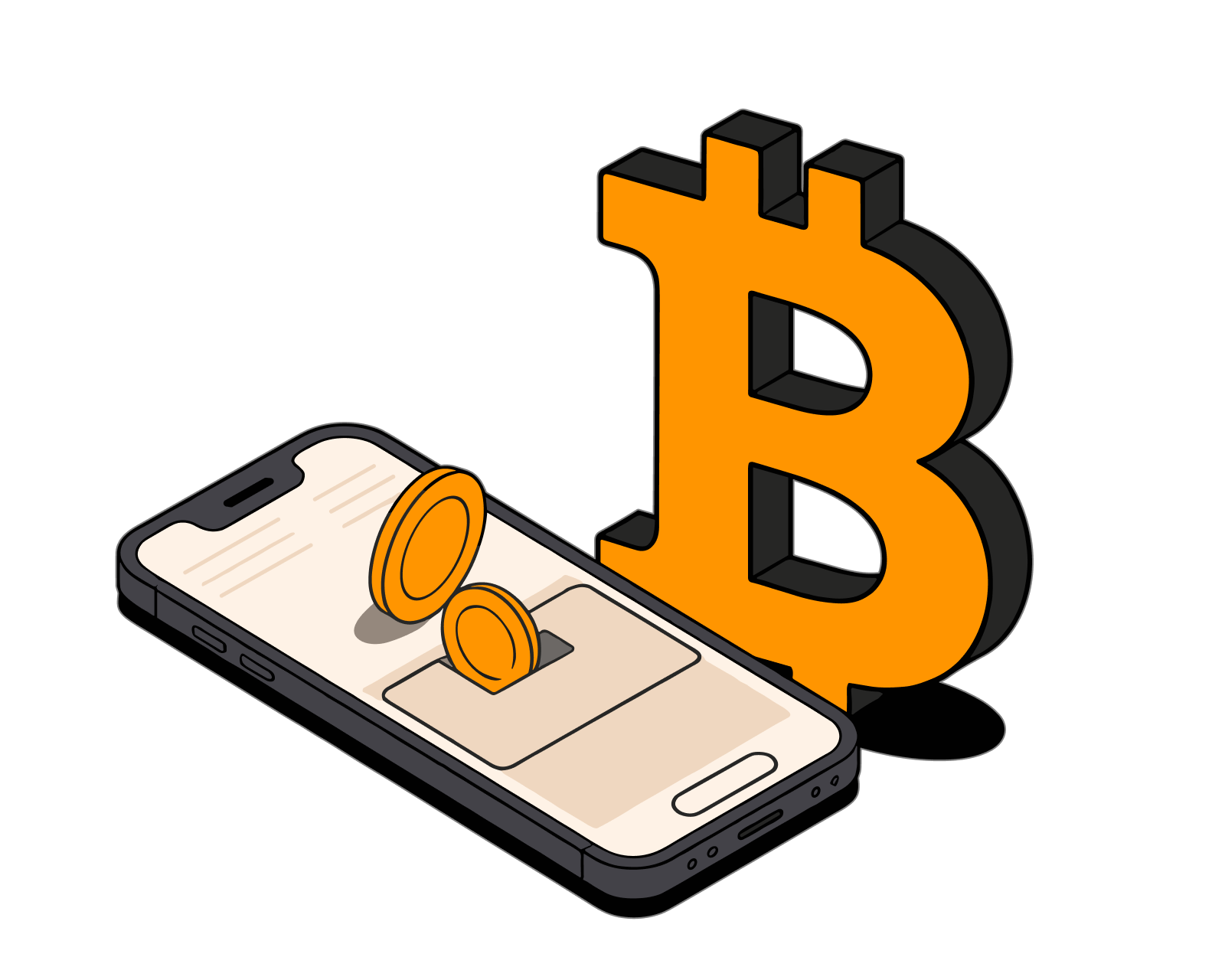

How do I buy bitcoin?
Learn how to get your first bitcoin in minutes.

How do I receive bitcoin?
To receive bitcoin, simply provide the sender with your Bitcoin address, which you can find in your Bitcoin wallet. Read this article for more details.
Read this article →
How do I receive bitcoin?
To receive bitcoin, simply provide the sender with your Bitcoin address, which you can find in your Bitcoin wallet. Read this article for more details.
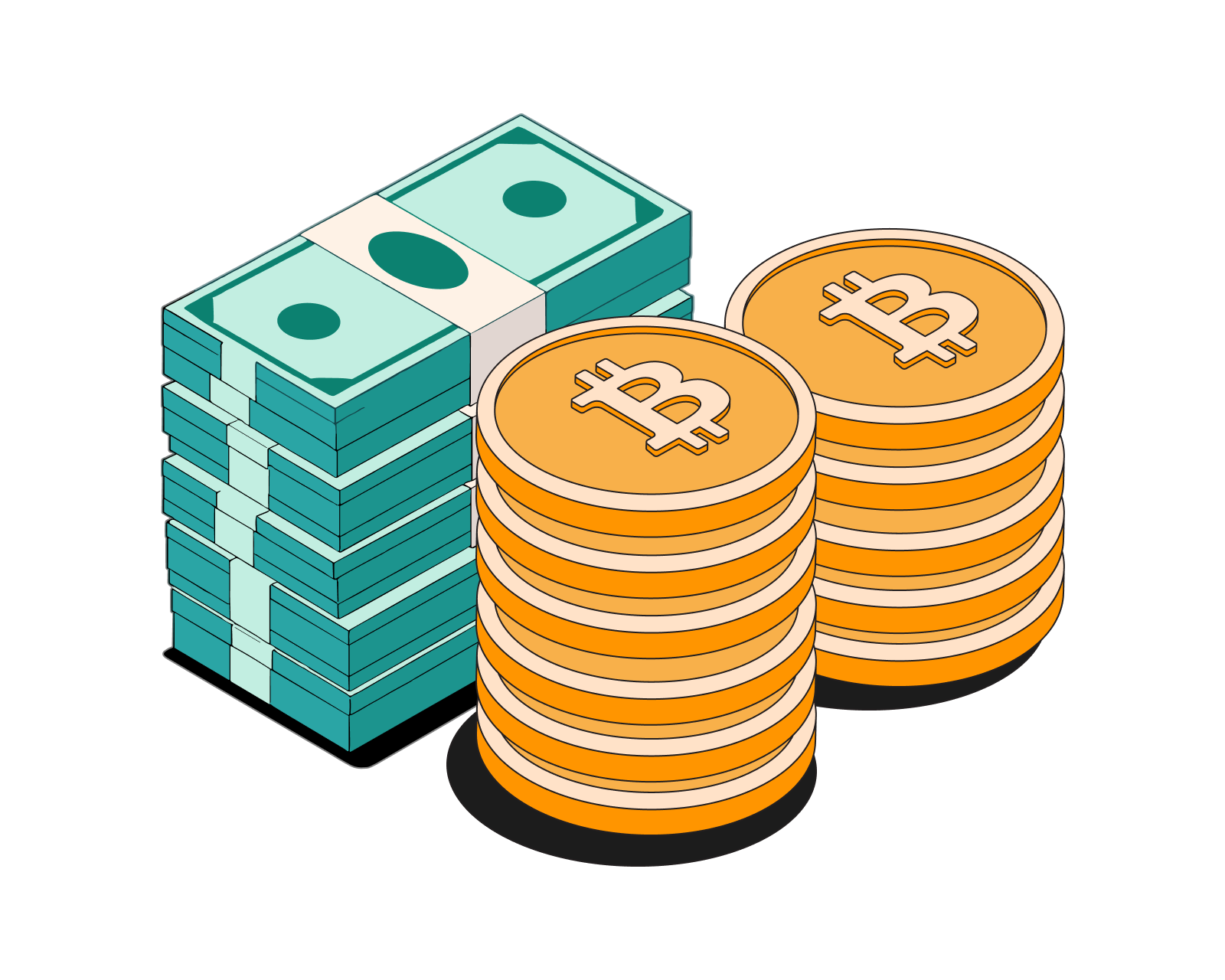

How do I sell bitcoin?
Learn how to sell bitcoin into local currency safely.
STAY AHEAD IN CRYPTO
Stay ahead in crypto with our weekly newsletter delivering the insights that matter most
Weekly crypto news, curated for you
Actionable insights and educational tips
Updates on products fueling economic freedom
No spam. Unsubscribe anytime.



Start investing safely with the Bitcoin.com Wallet
Over wallets created so far
Everything you need to buy, sell, trade, and invest your Bitcoin and cryptocurrency securely

© 2025 Saint Bitts LLC Bitcoin.com. All rights reserved


